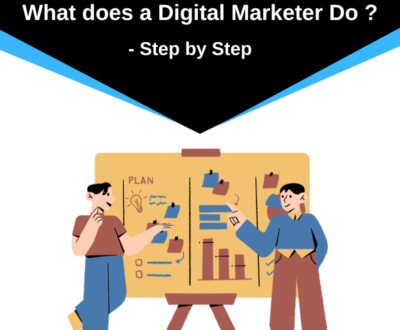
Content Categories are classifications that help organize and structure content based on its purpose, format, and target audience. These categories are essential for creating a diverse content strategy that engages and informs your audience effectively. Here are some common content categories:
1. Blog Posts
Description : Written articles that provide valuable information, insights, or opinions on various topics relevant to your audience.
Types :
– How-To Guides : Step-by-step instructions on how to perform a specific task.
– Listicles : Articles structured as lists, such as “10 Tips for Better SEO.”
– Case Studies : Detailed examinations of how a product or service solved a particular problem.
– Thought Leadership : Posts that offer expert opinions or insights on industry trends.
2. Social Media Posts
Description : Content shared on social media platforms to engage with your audience, build brand awareness, and drive traffic.
Types :
– Updates and Announcements : News about your company, products, or services.
– Engaging Questions : Posts that encourage audience interaction and feedback.
– Quotes : Inspirational or relevant quotes to resonate with your audience.
– Promotions and Offers : Special deals or discounts.
3. Videos
Description : Visual content that can be used to convey information, entertain, or promote products/services.
Types :
– Explainer Videos : Short videos that explain how a product or service works.
– Tutorials and How-Tos : Videos that teach viewers how to perform specific tasks.
– Product Demonstrations : Videos showcasing the features and benefits of a product.
– Customer Testimonials : Videos featuring satisfied customers sharing their experiences.
4. Infographics
Description : Visual representations of information or data, designed to make complex information more accessible and engaging.
Types :
– Data Visualisations : Graphs, charts, and diagrams that present statistical information.
– Process Infographics : Step-by-step visuals explaining a process or workflow.
– Comparative Infographics : Visuals that compare two or more items, products, or concepts.
Description : In-depth written content that provides detailed information on specific topics. Typically used for lead generation and establishing authority.
Types :
– Ebooks : Long-form content that covers a topic in depth, often used as a downloadable resource.
– Whitepapers : Authoritative reports or guides that address industry issues, challenges, or solutions.
6. Case Studies
Description : Detailed examinations of how a product, service, or solution helped a specific customer or client. They showcase real-life applications and results.
Types :
– Success Stories : Case studies highlighting successful outcomes and client testimonials.
– Problem-Solution-Result : Case studies structured around a problem, the solution provided, and the results achieved.
7. Podcasts
Description : Audio content that can be used to discuss topics, Interview experts, or share insights.
Types :
– Interviews : Conversations with industry experts or thought leaders.
– Panel Discussions : Group discussions on relevant topics or trends.
– Solo Episodes : Host-driven content sharing personal insights or experiences.
8. Webinars and Live Streams
Description : Live or recorded video content that allows for real-time interaction and engagement with the audience.
Types :
– Educational Webinars : Sessions that provide training or information on specific topics.
– Product Launches : Live streams announcing new products or features.
– Q&A Sessions : Live interactions where viewers ask questions and get answers in real-time.
9. Email Newsletters
Description : Regularly sent emails that provide updates, insights, and offers to subscribers.
Types :
– Company Newsletters : Updates about company events, announcements, and news.
– Curated Content : A selection of industry news, articles, and resources.
– Promotional Emails : Emails focused on special offers, discounts, or new products.
10. Interactive Content
Description : Content that requires active engagement from the user, often used to increase interaction and gather data.
Types :
– Quizzes : Interactive assessments that provide personalised results or recommendations.
– Polls and Surveys : Tools for gathering opinions or feedback from your audience.
– Calculators : Tools that help users perform specific calculations or evaluations.
11. Templates and Tools
Description : Pre-designed resources or tools that users can utilise to create their own content or solve specific problems.
Types :
– Content Templates : Ready-made templates for blog posts, social media posts, or emails.
– Marketing Tools : Tools like social media schedulers or email campaign managers.
– Design Templates : Templates for infographics, presentations, or reports.
12. Guides and Manuals
Description : Comprehensive resources that provide detailed instructions or information on a specific subject.
Types :
– User Guides : Manuals that help users understand how to use a product or service.
– Industry Guides : In-depth guides on industry best practices or trends.
More from our blog
See all postsRecent Posts
- On-Page SEO: A Comprehensive Guide October 14, 2024
- The Role of AI in Modern Digital Marketing October 10, 2024
- The Four C’s of Digital Marketing. September 11, 2024









Pingback: What are SEO and SEM ? - Jeet Shekhawat
Pingback: What is the Biggest Challenge facing Digital Marketers Today ? - Jeet Shekhawat